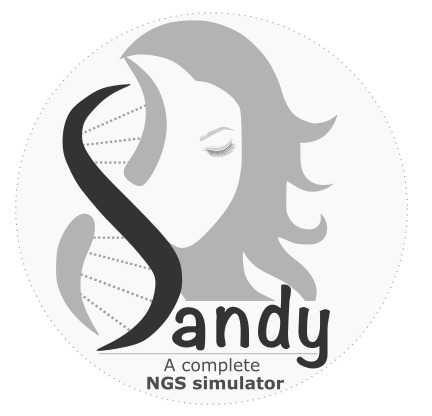
Sandy is a bioinformatics tool that provides a simple engine to simulate next-generation sequencing (NGS) reads for genomic and transcriptomic pipelines. Simulated data works as experimental control - a key step to optimize NGS analysis - in comparison to hypothetical models. Sandy is a straightforward, easy-to-use, fast and highly customizable tool that generates reads requiring only a fasta file as input. Sandy can simulate single-end and paired-end reads from both DNA and RNA sequencing as if produced from the most used second and third-generation platforms. The tool also tracks a built-in database with predefined models extracted from real data for sequencer quality-profiles (i.e. Illumina hiseq, miseq, nextseq), expression-matrices generated from GTExV8 data for 54 human tissues, and genomic-variations such as SNVs and Indels from 1KGP and gene fusions from COSMIC.
Posts
-
Release v0.25
-
Paper on BioRxiv
-
Release v0.24
-
Release v0.23
-
Release v0.22
-
Release v0.21
-
Release v0.20
-
Release v0.19
-
Release v0.18
subscribe via RSS